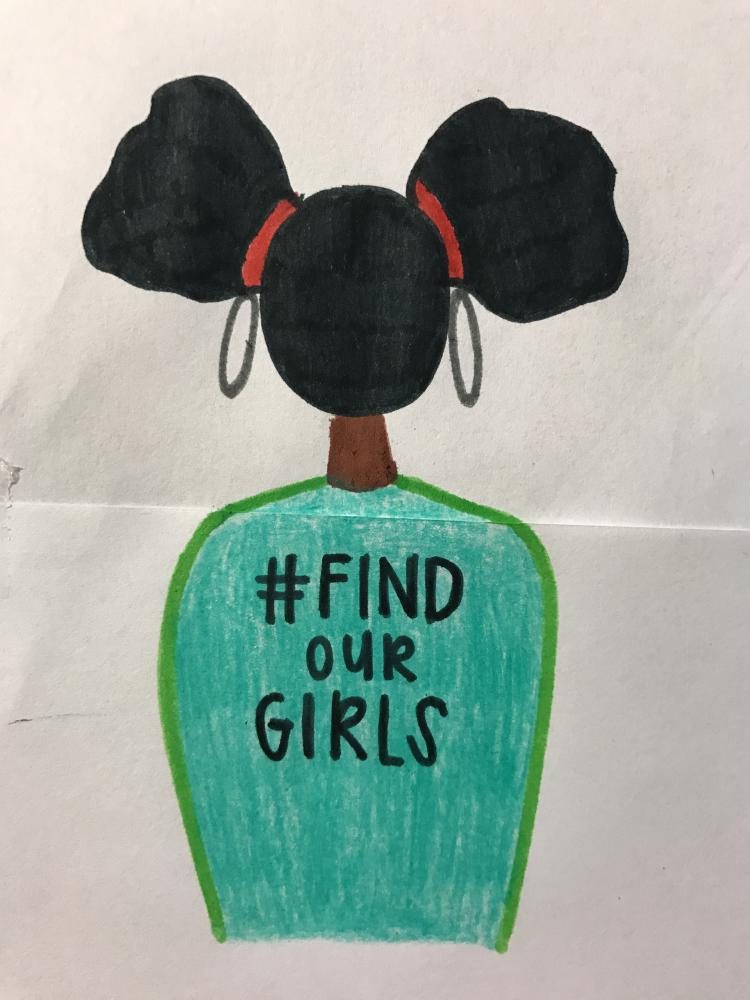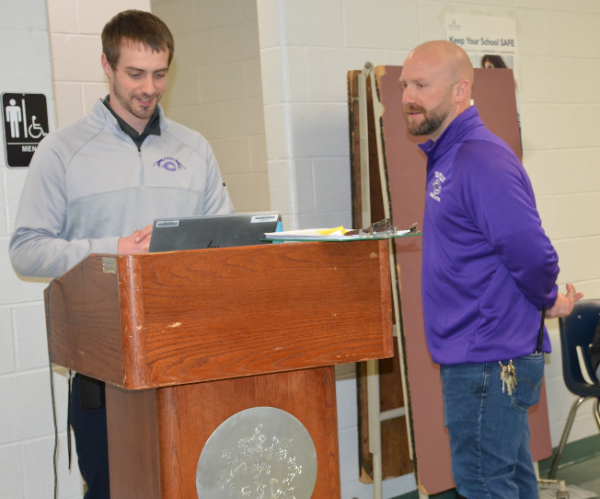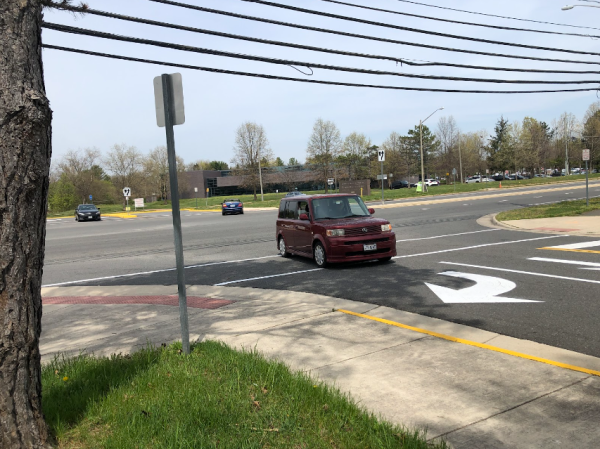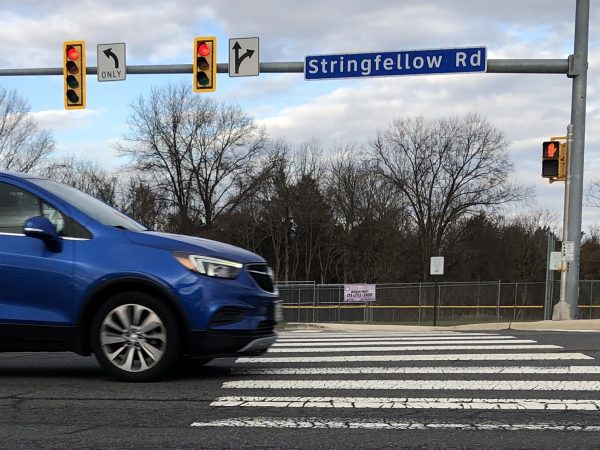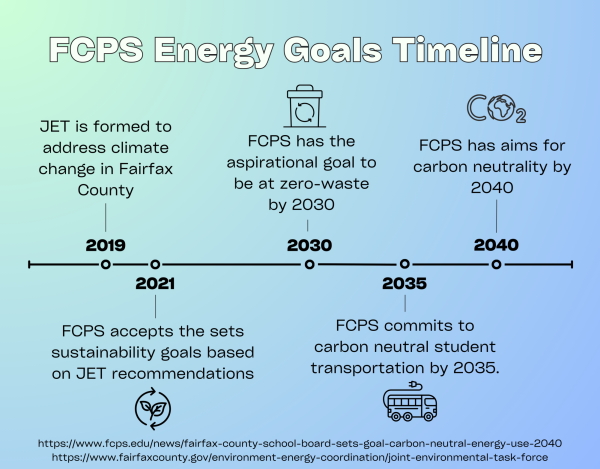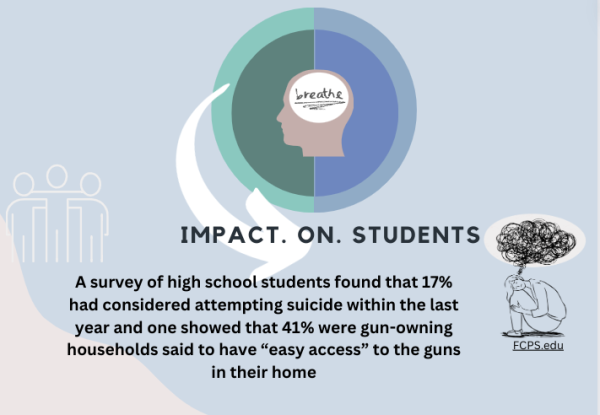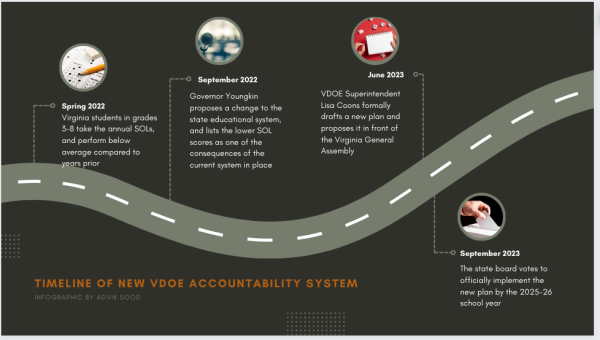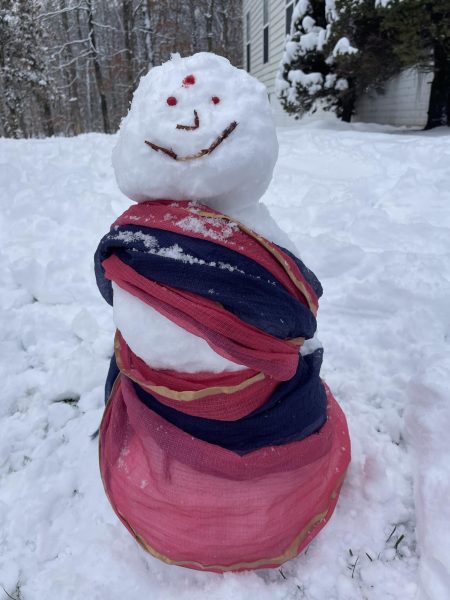D.C. missing Girls case stresses the disparity in media coverage between races
May 5, 2017
Between March 19 and March 24, 13 black and Latina teen girls were reported as missing by the police in Washington, D.C, also known as the Metropolitan Police Department. This story erupted on various social media platforms, including Twitter, Facebook and Tumblr. Users tweeted #findourgirls, as well as statistics and where they were last seen, but many also expressed outrage at the lack of media coverage of the crisis.
“I think it’s important for [the] news to keep putting information out there, especially because [this is] a local issue,” senior Bianca Kwan said. “It needs to be broadcasted more outside of social media, so that this news can reach a wider range of audience.”
It can be perceived by some that the media spends too much time publicizing events that seem insignificant compared to issues such as this one.
“The media is covering Angelina Jolie [in the news] and Beyoncé having twins, but the real issues need to be highlighted, especially for those 13 girls who are missing,” senior Adrianna Castillo said. “Those girls are missing, but their families are still here; they’re still worrying and they are the ones taking the blows. It is unfair that we are spotlighting A-listers and presidential arguments while people’s lives are actually at risk.”
Some believe the lack of publicity also highlights various racial implications.
“The answer that floats most often is that It has to do with racism, the fact that the missing girls are African-American,” social studies teacher James Mackenzie said. “[It is] why this issue is being severely underreported, or what I consider underreported.”
According to Time Magazine, black children who are reported missing receive less attention than their white counterparts. There are many cases of missing black people that often go unknown to the general population due to the lack of attention given to this issue. One such case occurred in 2008 when 24-year-old Tamika Huston was reported missing in South Carolina, and later found dead.
“Our minorities are the most vulnerable group in the nation, and the fact that these girls are missing and no one is really saying anything about it is heartbreaking,” Kwan said. “Had it been someone who was per se white, maybe people would pay [more] attention.”
Some feel that there is an enormous problem in how people of color are treated by both media and police departments.
“If we are talking about a missing girl from a higher socioeconomic family, you would see it in the news reports, you would see it on NBC4 broadcast or on Facebook, on Twitter. I don’t particularly hear about this as much as I should in the local reports on TV,” Mackenzie said. “Certainly, when you had that girl, [Hannah Graham] from [UVA] who went missing from a concert, it was everywhere in the news, [in] local reports [and] national reports, and you just don’t see the same thing [for people of color].”
The D.C. missing girls cases bring the issue of human trafficking into light because the stories are occurring so close to home, not to mention that ,according to the Just Ask Prevention Project, D.C. and Northern Virginia are both hubs for human trafficking.
According to the Northern Virginia Human Trafficking Initiative, Virginia is one of ten states that makes the most calls to the National Human Trafficking Resource Center hotline. A majority of these calls are made from Northern Virginia, which currently has more than 500 known cases in process.
In local communities such as Fairfax County, individuals are subject to human trafficking primarily through social media. Many people involved in this illegal trade look for both male and female targets, with ages ranging from 12-19 and from all backgrounds.
Since human trafficking is such a prevalent problem around the D.C. area, many feared that the missing girls were forced into this illegal business.
Despite current news stating that missing individuals have been found, some are still reported as missing, as well as others who have been declared missing in the last month.
Although the #findourgirls movement began in late March, many people are still passionate about the topic and are working not only to spread information on those who are missing, but also to create discussion on how the lack of media coverage needs to change.
“There is no easy answer to why they’re not reporting as much and it’s a real shame,” Mackenzie said. “I think that the #findourgirls hashtag is a good way to bring attention to the problem and force the media to report [on it]. It’s important to push the issue, if it at least gets people to find information and so that [we] are invested [in important issues such as this one].”


